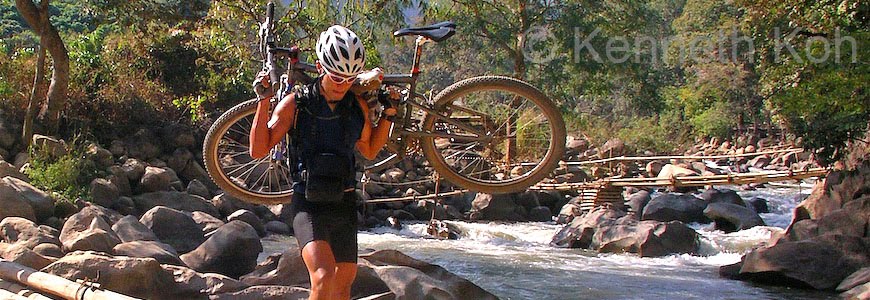This is something everyone needs to do. How regularly one chooses to do it, what storage media to use, and how many backups one chooses to make then really depends on how much one values the data. I use a 15” MacBook Pro laptop for my work, and I’ve been researching external hard drives for Mac to do just that. I’ve found a couple of interesting ones for the Mac user:
Data Robotics DroboThe most interesting product I’ve come across is Data Robotics Drobo. This is a drive enclosure with four empty bays. You need to provide it with at least two hard drives for data protection, but you can eventually house 4 hard drives allowing up to 16TB of storage. Drobo automatically configures the appropriate array to protect your data.

Drobo will salvage and rebuild your data in the event of a hard drive failure, and it does so automatically. Drobo lets you know when a drive needs to be replaced, either because of drive failure or because of more space is required, and you simply pop out the old drive and insert a new one.
There's a demo video
here on the Data Robotics website.
The best price I’ve found for this is $369.95 (after rebate) at Amazon.com:
Data Robotics Drobo 4-Bays USB 2.0 and FireWire 800 Fully Automated SATA Robotic Storage Array Western Digital My Book Studio II
Western Digital My Book Studio III ended up buying a 2 TB Western Digital My Book Studio II. The unit is essentially 2 x 1TB WD ‘Green Power’ hard drives in a brushed aluminum case that nicely matches my MacBook Pro. The Green Power drives use 30% less energy, do not get hot and the drives work very quietly because it doesn't need a fan.

The drive comes preformatted for the Mac as a Raid 0 array (2 heads writing shared information to the two separate drives simultaneously, increasing speed). I chose to configure it as a Raid 1 array (each head writing the same information to its own drive, duplicating the same information, thus taking more time, but creating a mirrored backup). This means that I reduced the available storage capacity to just 1 TB, but that data is backed up. The provided software from WD makes it easy enough to do. The software also installs a WD icon on the Mac, which warns you if the health of any drive deteriorates or if you’re running out of storage room.
It costs $296.99 at Amazon.com:
Western Digital 2TB My Book Studio Edition II Hard Drive with Quad Interface (FW400/FW800, USB 2.0 & eSATA) Summary
Summary There are a number of storage options out there. These are just a couple of interesting options I looked at for my Mac. The Drobo is not exactly cheap, but the combination of ease of use and expandability are very compelling. The 2TB Western Digital My Book Studio II has a more limiting storage capacity, but it is very good value if your storage needs are smaller.



